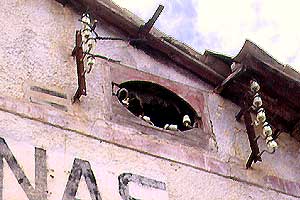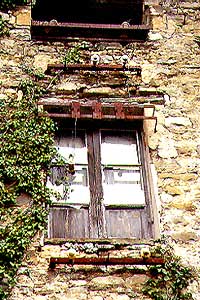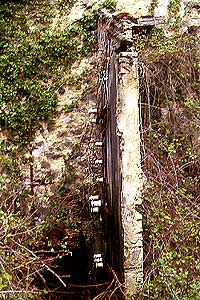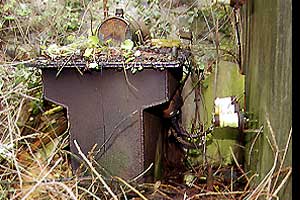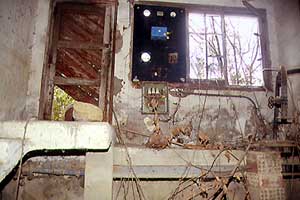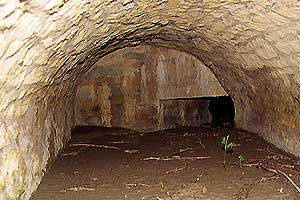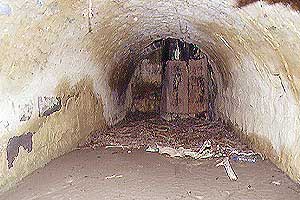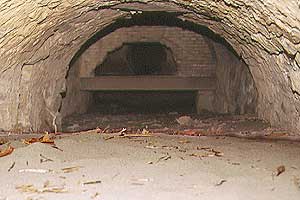Path: Introduction -
Visit the mills; catalogue - Boltaña

Mills in Alto Aragón - harinero, central eléctrica
Boltaña

Boltaña is situated
on the main road between L'Ainsa and Ordesa National Park at about six kilometers
from L'Ainsa. Coming from L'Ainsa you'll find the mill at the left side of the road
just past the branch to a campingsite at the outskirts of the village.
The mill receives water from the Río Ara and a small tributary Arroyo de Javierre.
The mill receives water from the Río Ara and a small tributary Arroyo de Javierre.
Pictures: 6.XI.1997, 11.IV.2007



